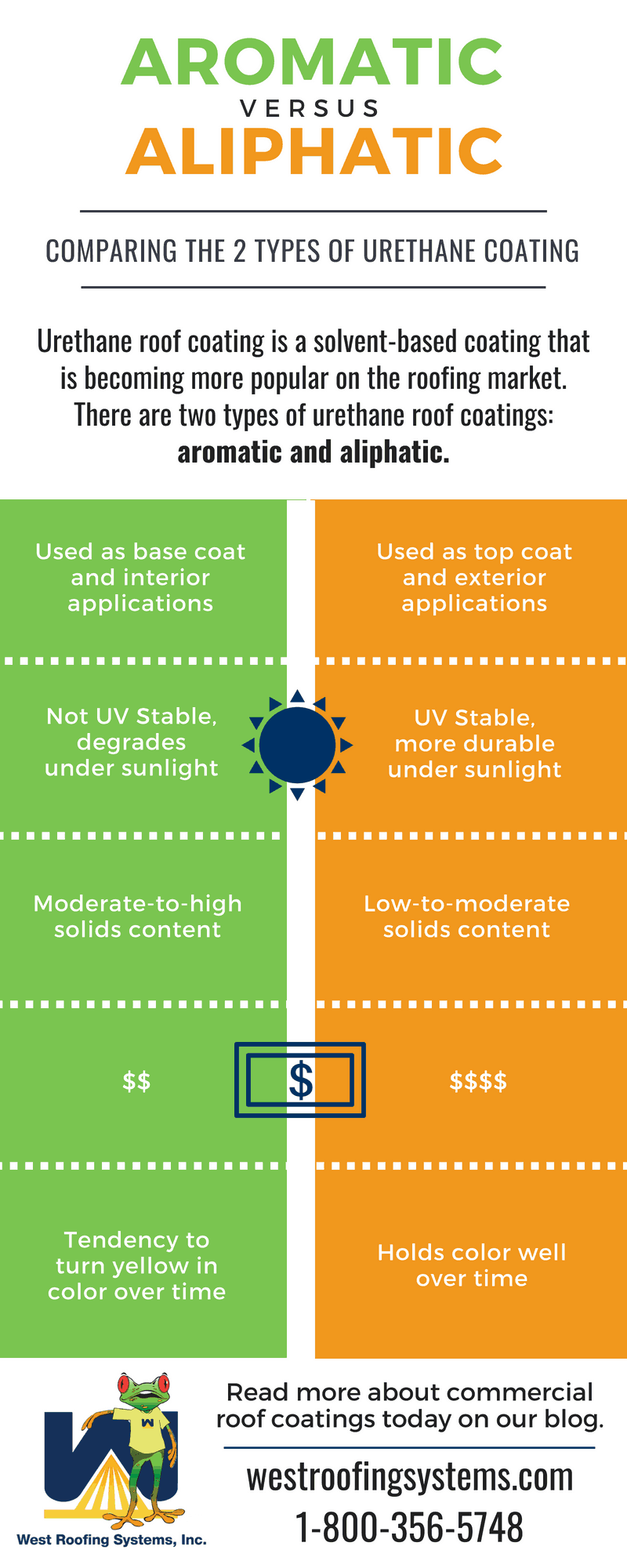Reviewing The Financial Aspects Of Solar Power Installment: Is It A Worthwhile Financial Investment?
Reviewing The Financial Aspects Of Solar Power Installment: Is It A Worthwhile Financial Investment?
Blog Article
Authored By-Castro McWilliams
When considering the prices of solar setup, you could wonder about the ahead of time investment required and whether it aligns with the prospective long-lasting benefits. Comprehending the complexities of these expenditures and the various factors affecting the overall return can shed light on the value proposal of transitioning to solar power. By evaluating both the first arrangement costs and the predicted savings in time, you can gain understanding into whether the financial investment in solar setup holds promise for your economic future.
Initial Arrangement Expenditures
When thinking about the prices of solar installation, the first setup expenditures play a vital function in your decision-making process. commercial solar companies in advance costs include the rate of photovoltaic panels, inverters, installing equipment, and setup labor.
The price of solar panels can differ depending on the brand, efficiency, and dimension you pick. Inverters are vital for converting the sunlight's power right into useful electricity and be available in different types such as string inverters, microinverters, and power optimizers, each with its own expense effects.
Installing tools, such as shelfs and rails, is required to safely set up photovoltaic panels on your roof or home.
The setup labor expense covers the specialist setup of the solar system, ensuring that whatever is set up correctly and successfully. Remember that while these preliminary setup expenses may appear high, there are commonly refunds, tax obligation incentives, and funding options readily available to assist counter the expenses and make solar installment much more inexpensive in the future.
Long-Term Savings Analysis
To understand the financial advantages of solar installment in time, it's important to carry out a detailed lasting cost savings analysis. While the initial configuration expenditures of photovoltaic panels may seem difficult, the long-lasting cost savings can outweigh these expenses considerably. By using the power of the sun to create electricity for your home, you can possibly save hundreds of bucks on your utility bills over the life expectancy of your solar system.
One of the key aspects to take into consideration in a long-lasting cost savings analysis is the reduction in your electrical energy costs. With photovoltaic panels, you can create your electrical energy, decreasing or even removing your reliance on the grid. This can bring about significant cost savings, particularly as energy prices continue to increase.
Furthermore, several federal governments provide motivations such as tax obligation debts and rebates for installing photovoltaic panels, even more enhancing your long-term savings. By benefiting from these rewards and optimizing your solar energy manufacturing, you can enjoy considerable economic advantages for many years ahead.
Return on Investment Calculation
Taking into consideration the economic benefits of solar installment, it's time to evaluate the Roi (ROI) calculation. Determining the ROI involves comparing the overall prices of installing a planetary system with the economic benefits it produces over its lifespan.
To calculate residential solar energy panels , divide the net profit from the system by the overall investment expense and increase by 100 to get a percent. The ROI formula is: (Web Profit/ Overall Financial Investment Expense) x 100.
For example, if the total expense of mounting a planetary system is $20,000, and over its life-span, it creates cost savings and earnings amounting to $30,000, the internet revenue would be $10,000. Dividing this by the overall investment cost of $20,000 provides a proportion of 0.5. Increasing this by 100 offers an ROI of 50%.
Generally, a higher ROI indicates a much more monetarily satisfying financial investment. Aspects like federal government incentives, maintenance costs, and power price variations can affect the ROI of solar installments. Comprehending the ROI assists in examining whether buying solar power is worth it in the future.
Verdict
In conclusion, understanding the costs of solar installment is essential for establishing if it deserves the investment. By considering get more info , conducting a long-lasting savings evaluation, and computing the return on investment, you can make an informed decision regarding the financial value of solar energy. With the possibility for lowered utility costs and raised energy independence, investing in solar installment can be a wise option for both your purse and the environment.
